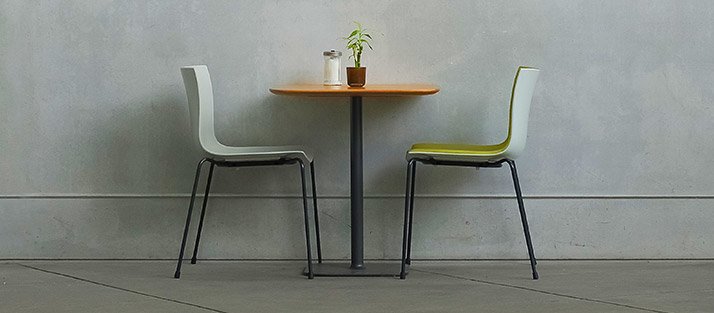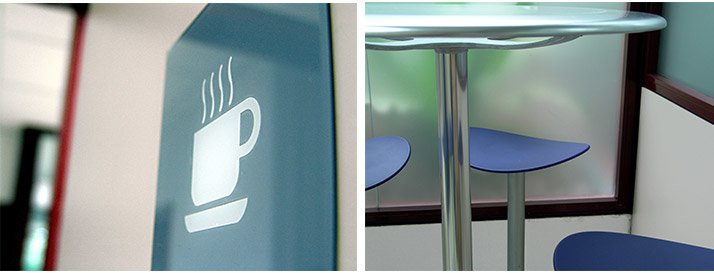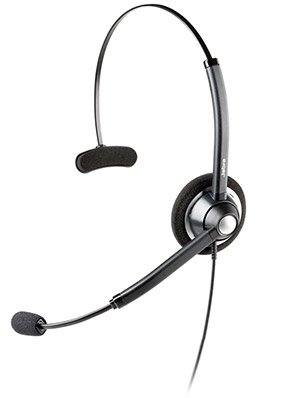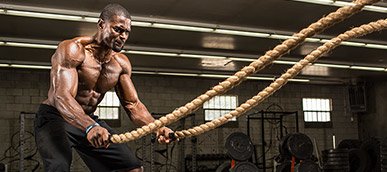
Is Sitting Really Bad For You?
Sitting has recently been called ''the new smoking.'' Is sitting really killing you? Get the truth, and what you can do about it, in this article!
In some circles of the web, the act of sitting—yes, the thing you do on your chair, which you're probably doing right now—has come under intense fire. In fact, sitting has been pinned as the culprit for modern society's poor state of health. It's essentially an extension of the stance that a sedentary lifestyle—exacerbated by a 9-5 desk job—is associated with developing cancer, heart disease, type 2 diabetes, and a number of depressing ailments we don't want.
In order to remedy "too much sitting," people are now rushing to get standing desks and ergonomic chairs, or hosting ergonomic "classes" for their employees, in an attempt to fix our collective "sitting problem." It's time to stop the madness!
Sitting itself is not going to kill you, but simply switching to a standing desk won't save your life, either. Why? Because sitting is not the main problem. If you were about to do jumping jacks, just sit down on your hot bottom for a minute so we can get to the bottom of this hot issue.
Don't Put Sitting Down
First, the connection between sitting and death is bold, and quite frankly, rather weak. The radical claim that sitting is killing you only serves to incite fear without giving proper context. If sitting is killing you, then "sitting" refers to an overall lack of movement, regular exercise, a predominantly sedentary lifestyle, and general lack of variety in the way we move our bodies every day.
Actual sitting comprises only one variable in your day, which by itself won't make or break you. Just like there is no one way to exercise, build muscle, or lose weight, there's no one way to address the problem of sitting too much. Sure, a standing desk or ergonomic chair can definitely add to your daily movement total, but you have to look at the grand scheme of things—at your environment and your body in relation to the environment—and then temper it with a heavy dose of practicality.
For example, is sitting on an exercise ball any better than sitting on a chair if you're slouched over and experiencing more aches and pains than ever? Obviously not. Is standing all the time better than sitting occasionally? Quite frankly, no, because there is no optimal position for the body—not even standing. Your body merely responds to the variety of positions and movements you put it through.

Variety Is King
You probably already sit in a variety of positions: slumped back, legs resting on the table, maybe even leaning to one side. Rather than changing things you cannot control—your job or your environment—you can easily change your sitting (or standing) position with regularity. That includes getting up as often as possible to grab some coffee or water, or to just go talk to a coworker.
If you have a desk job, adding variety to your sitting (or standing) positions rather than stubbornly clutching onto a "sitting is bad" mentality can lead to bigger changes over time. To be clear, a standing desk alone does not give you variety in movement. Neither does merely sitting with better posture. Variety of movement is essential.

As for the benefits of ergonomic chairs? Stuart McGill, Ph.D., a professor of spine biomechanics at the University of Waterloo (Waterloo, Ontario, Canada) isn't opposed to them per se, but he recommends caution: "Use an ergonomic chair, but use it properly. Many people think that they should adjust their chair to create the ideal sitting posture. This may be ideal sitting posture, but for no longer than 10 minutes."1
Your work may require sitting for longer than 10 minutes at a time. While a more active job may be considered "ideal," Paul Ingraham, a massage therapist and science writer at Painscience.com recommends the following: "For all of you, 'microbreaking'—taking small, regular breaks—is the most important new concept in ergonomics. Stop worrying as much about [how] your workstation is arranged, and start thinking about how you use it!"2
Why is it simply more effective—not to mention practical—to frequently change your sitting position? Quite simply, sitting in a certain position is a load on your body—a stress, even—so it's crucial to vary that load to avoid placing undue strain on specific joints for extended periods of time.
The cure for desk jockeys
So we've gotten one thing clear: Sitting by itself isn't the main problem. The problem is actually a lack of variety in your body's position.
When we translate this stuff to the real world and our jobs, it's tough to apply these "do this one simple trick" mantras for the majority of people. Instead, I'd like to suggest five things you should keep in mind as you're pounding away at your keyboard at work or sitting and reading an article like this one.
1 Sit in different positions in your chair
Switch up your sitting position, or alternate between different pieces of furniture. Heck, find a different location in the office altogether if you can manage it.
2 Take microbreaks
Set a timer to get up to do something—anything—every hour, and create a ritual for yourself. If you want to get up more and make it a habit, connect it to something you already do regularly, like going to the bathroom, grabbing stuff from the break room, or making a trip to the water cooler.
3 Power up your practices

Create a set of personal "rules" directly related to tasks you do every day. For example, if you have regular calls, don't sit at your desk; use a headset or speakerphone and pace around or stand for every call. Have regular colleague meetings? Request that you walk together as you talk, or even hold a standing meeting. The secret here is to evaluate your existing practices and incorporate variety as seamlessly as possible.
4 Increase nonexercise activity
Remember that daily movement isn't just working out in the gym. Can you park farther away from the store or office? Can you take the stairs? Can you wear more comfortable shoes that allow you to stand for longer periods of time? I can continue to fire off suggestions, but it's important to evaluate your own situation and identify what can be done to increase your daily activity.
5 K.I.S.S.
No, not the mistletoe kind. This is shorthand for "Keep It Simple, Stupid!" K.I.S.S. can help you figure out the simplest ways to remove your body from the dangers of being too sedentary. You don't have to do elaborate tumbling acts every 15 minutes. Just get up every hour, walk around, and keep your activity simple!
Now Rise Up!
Your sedentary job is not a death sentence, but a long-term lack of action can be. Whether you feel the effects of a sedentary lifestyle in 10 years or 50, the quality of your life is in your hands—or rather, on your bum. Get up and use the body you were given!
References
- Katzmarzyk, P. T., Church, T. S., Craig, C. L., & Bouchard, C. (2009). Sitting time and mortality from all causes, cardiovascular disease, and cancer. Medicine & Science in Sports & Exercise 41(5), 998-1005.
- McGill, S. (2007). Low back disorders: evidence-based prevention and rehabilitation. Human Kinetics.
- Ingraham, Paul. "Posture Correction: Does It Matter?" SaveYourself. 1 Jan. 2013. Web. 20 Nov. 2014. <http://saveyourself.ca/articles/posture.php>.
Recommended Articles
7 Signs Your Transformation Will Fail
Nobody said transforming was easy. Don't let these fitness fantasies cloud your view.
27 Must-Read Motivation Tips From Team Bodybuilding.com!
Struggling to stay motivated to hit your fitness goals, crush your transformation, or stick to your New Year's resolution? Get back on track with this massive dose of personal motivation from our fittest athletes!
Our Athletes Reveal Their Resolutions
These Bodybuilding.com athletes shared their 2015 resolutions. What are yours?



